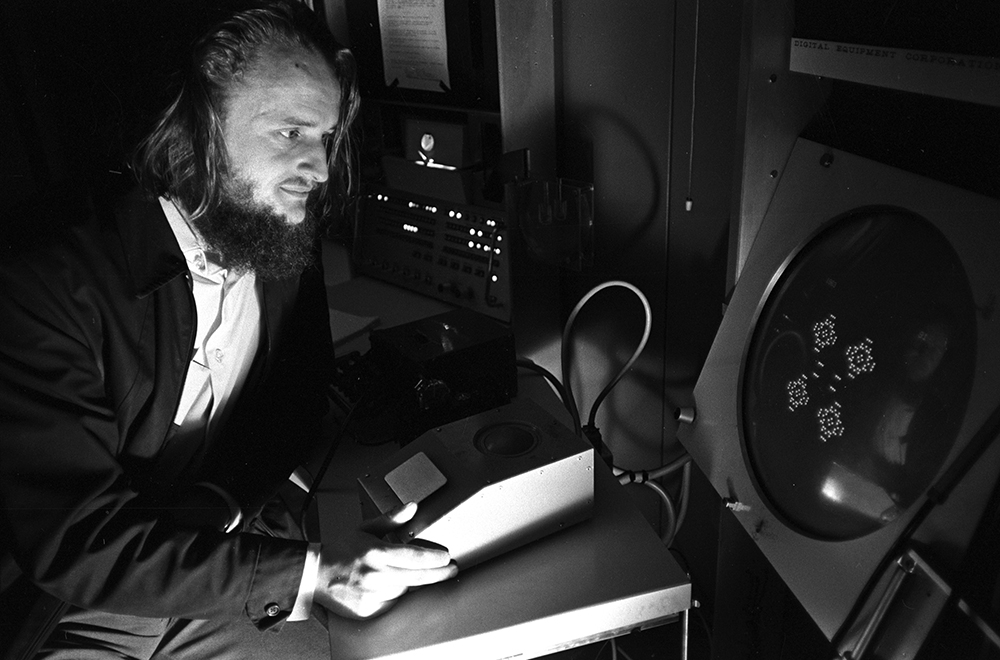Khan Academy: Introduction to i and imaginary numbers
What were known as imaginary numbers (involving the square roots of negative numbers) eventually combined with real numbers (originally so named to distinguish them from the imaginaries) to became more respectably known as complex numbers and now have a wide variety of practical applications in fields as diverse as electronics, communication and quantum mechanics:
Yet these numbers began life as interlopers that no one wanted to take seriously in the highly competitive Early Renaissance race to find general ways to solve equations.
In his book Visual Complex Analysis, Tristan Needham provides a good summary of the difficult and unimaginative early years of imaginary numbers:
The mathematician and philosopher René Descartes was apparently the first to refer dismissively to these unusual numbers as "imaginary" in his discussion of equation solving at the end of La Géométrie:
 |
| Math With Bad Drawings: Imagine all the Numbers... |
In Visual Complex Analysis, Tristan Needham goes on to diagnose the basic problem with the hesitant handling of imaginary numbers:
Yes, the square root of negative one was a useful but self-contradictory nuisance to mathematicians until they discovered that it was the portal into a whole new dimension of complex numbers.
The geometric interpretation made some equations involving complex numbers more approachable and less abstruse, such as this one (known as Euler's Identity) from the article Innovation in Mathematics by Paul R. Halmos (Scientific American - September 1958)
The first three episodes of an excellent 13 part series on imaginary numbers:
Imaginary Numbers Are Real [Part 1: Introduction]
Imaginary Numbers Are Real [Part 2: A Little History]
Imaginary Numbers Are Real [Part 3: Cardan's Problem]
One of the most interesting and important applications of complex numbers was to electromagnetic fields. Originally, the idea of Action at a Distance was taken as gospel for gravitation and also applied to electricity and magnetism. Then along came the magnificent experimenter Michael Faraday who came up with the idea of the Electromagnetic Field to fill the void that Action at a Distance left in the space around magnets and electrical apparatus.
While being one of the greatest experimenters of all time, Michael Faraday did not use much mathematics in his theories, and it was left to James Clerk Maxwell to develop the mathematical theory of electromagnetic fields, and the mathematics he brilliantly applied was the theory of functions of a complex variable, or complex analysis.
Both Faraday and Maxwell were two of Einstein's heroes and there is a wonderful book about them and the mathematical development of electromagnetic field theory entitled Einstein's Heroes:















No comments:
Post a Comment
Note: Only a member of this blog may post a comment.